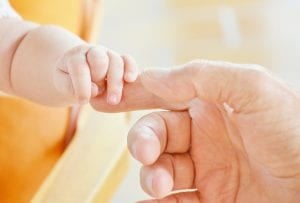
In my family, my mother’s side were the letter writers, while dad must have got his love of diaries from his birth mother.
The earliest letter I’ve found is a postcard with a photo of my maternal grandmother on the front and on the back she sent a short message to her future husband. This would have been in the early 1920’s as they married in 1922.
My mother and her sister always kept in touch with their cousins via letters. They lived in Hobart in southern Tasmania, but many of the relatives lived around Evandale and Longford in northern Tasmania.
Dad’s birth mother, Irene, wrote a diary about her trip on horseback along the track to Adamsfield to visit Ernie Bond in his home in the Rasselas Valley. It was while working at Heathorns Hotel that Irene met Ernie. Dad kept the diary and it is now in my possession.
Whenever mum and dad went off on a holiday together they would keep a diary. Then when they got home, dad would put together a folder of their holiday for them to remember what they did and where.
In 1965, our family and my mum’s sister’s family (8 of us) went on holiday together around Australia for three months. Dad kept a diary of this trip and whenever I have visited places mentioned in the diary, he would send me a photo of that page so I could compare what we saw 60 years ago on that long trip.
When mum passed away in September 2021, dad used his diary to write about what happened each day. There were always special mentions on mum’s birthday but also on their wedding anniversary date of 8 September.
On 8 September 2024, dad wrote the following:
Phyl and Bob’s Wedding 70
Today will be a day of wonderful memories
of our life time together. A perfect marriage and
two children, two grandchildren and one great grandchild.
Hymn: O Perfect Love
On 9 September, dad mentioned he was having trouble breathing, worse than normal, but decided he would go to bed early rather than get some medical help. He was 91 years old. The next day I found dad had passed away after he didn’t reply to any of my messages that morning.
Today we scattered mum and dad’s ashes down in the Hartz Mountains area as per their wishes in their wills, their final letter to us.
Readers: Who were the letter or diary writers in your family?

